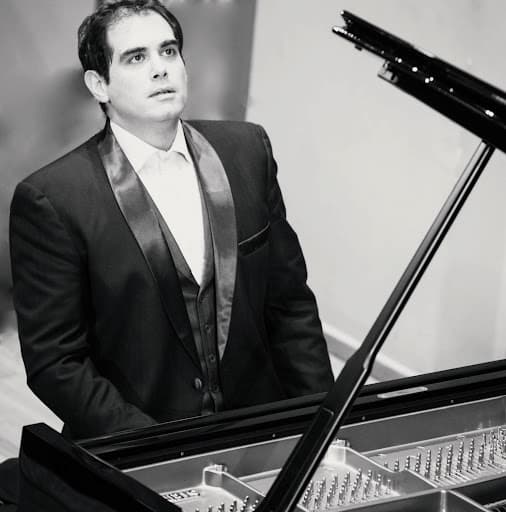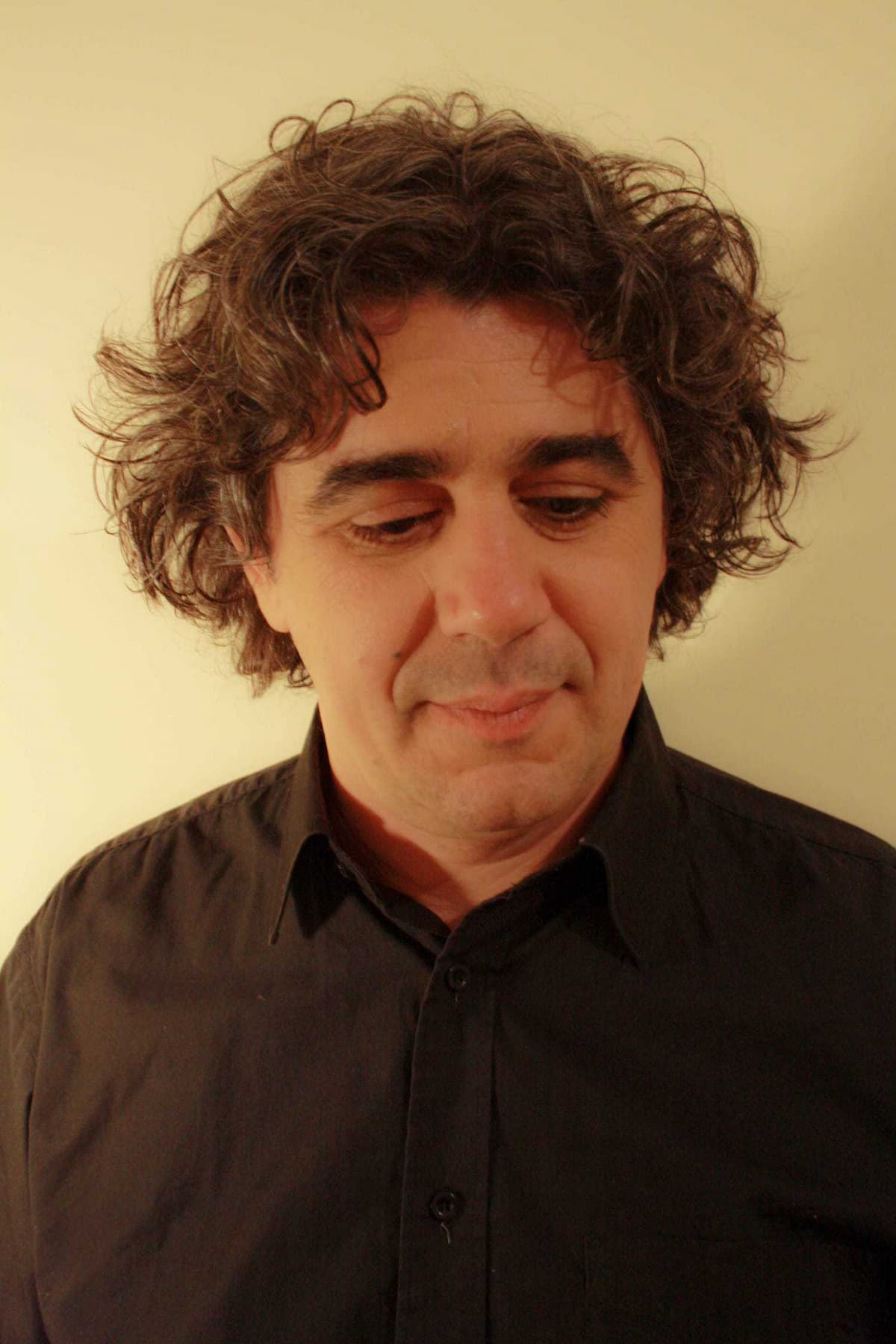The idea of the prelude is old, dating back to the first ones, called ‘praeambula’ in the mid-15th century. They were originally works to introduce other works, i.e., something that comes ahead of the main work. We are familiar with Bach’s Preludes and Fugues, where the Prelude sets up the key and the Fugue is the artistic flourish. It was under Bach, where the prelude became familiar as the opening movement of a suite, that the prelude in that form reached its highest development. After Bach, the prelude fell into disuse until the Romantic period.
In the Romantic period, the prelude as an independent form found its basis. Hummel was the first with his set of 24 preludes, op. 67, in 1814–1815, followed by Chopin, who became the model, in 1836–1839. Stephen Heller (op.81), Alkan (op.31), Cui (op.64), and Busoni (op.37) all followed Chopin’s model for preludes in the major and minor keys. The Prelude then split itself off as a non-programmatic characteristic piece, and was taken by composers including Scriabin, Szymanowski, Rachmaninoff, Debussy, Kabalevsky, Antheil, Gershwin, Messiaen, Ginastera, Scelsi, and Martinů.
Greek composer Christos Samaras (b. 1956) has combined the two ideas (24 preludes and characteristic pieces) in his Preludes series. Samaras studied at the State Conservatory of Thessaloniki before going on for further work at the University of Music and Fine Arts in Vienna, and then the University of Final Arts in Berlin.

Christos Samaras, 2017 (photo by Vasilia Malteza)
In 1990, he started his series of 24 Preludes, each of which encapsulates the personalities of some of his friends, and finished it almost 30 years later, in 2019. Much as a painter would bring out his subject’s disposition and temperament, these preludes bring out their characters. Pieces can be lyrical or nostalgic, aggressive or lively, dramatic or contemplative, or humorous or satirical. What they hold in common in their musical core is a kind of condensed musical gesture. Hidden in the music are invisible gestures, such as the opening notes coding the recipient’s birth date.
These are almost improvisatory works, but they are all driven by a short musical idea that becomes the core of the work.
The musical language can be tonal or atonal, diatonic melodies combined with chromatic harmonies, 12-tone rows juxtaposed with regular major and minor chords.
The 24 preludes are evenly divided into 12 for men and 12 for women. Most of his subjects are pianists, but others are musicologists, music lovers, or just friends.
No. 1, dedicated to the pianist Lola Totsiou, starts out like a slow dance, perhaps slower than one might even be able to dance to.

Lola Totsiou
Christos Samaras: 24 Preludes for Piano – Prelude No. 1 (1990, dedicated to Lola Totsiou) (Fanni Karagianni, piano)
No. 3, dedicated to composer and pianist George-Emmanuel Lazaridis, sounds as though it begins in the middle of a thought or action.

George-Emmanuel Lazaridis
Christos Samaras: 24 Preludes for Piano – Prelude No. 3 (1998, dedicated to George-Emmanuel Lazaridis) (Fanni Karagianni, piano)
No. 13, dedicated to the Greek musicologist Kostas Chardas starts off with unisons to dissonances to expanding musical lines.

Kostas Chardas
Christos Samaras: 24 Preludes for Piano – Prelude No. 13 (2013, dedicated to Kostas Chardas) (Fanni Karagianni, piano)
Two musicians are honoured twice with Preludes: Composer Lina Tonia (nos. 9 and 12) and pianist Fani Karagianni (nos. 15 and 23). Karagianni was a student of Samaras in Thesalonniki and is the pianist on this performance. The two preludes, done 5 years apart, are quite different in character.

Fani Karagianni
Christos Samaras: 24 Preludes for Piano – Prelude No. 15 (2014, dedicated to Fani Karagianni) (Fanni Karagianni, piano)
Christos Samaras: 24 Preludes for Piano – Prelude No. 23 (2019, dedicated to Fani Karagianni) (Fanni Karagianni, piano)
Samaras’ repositioning of the Prelude from its beginning as a tonal introduction and combining it with the idea of a characteristic piece takes the Prelude to a new level. These aren’t character pictures, such as we might find in Elgar’s Enigma, but personalities in music. Each work is different and even when he returns to the same subject, finds a different perspective on the person.
For more of the best in classical music, sign up for our E-Newsletter


